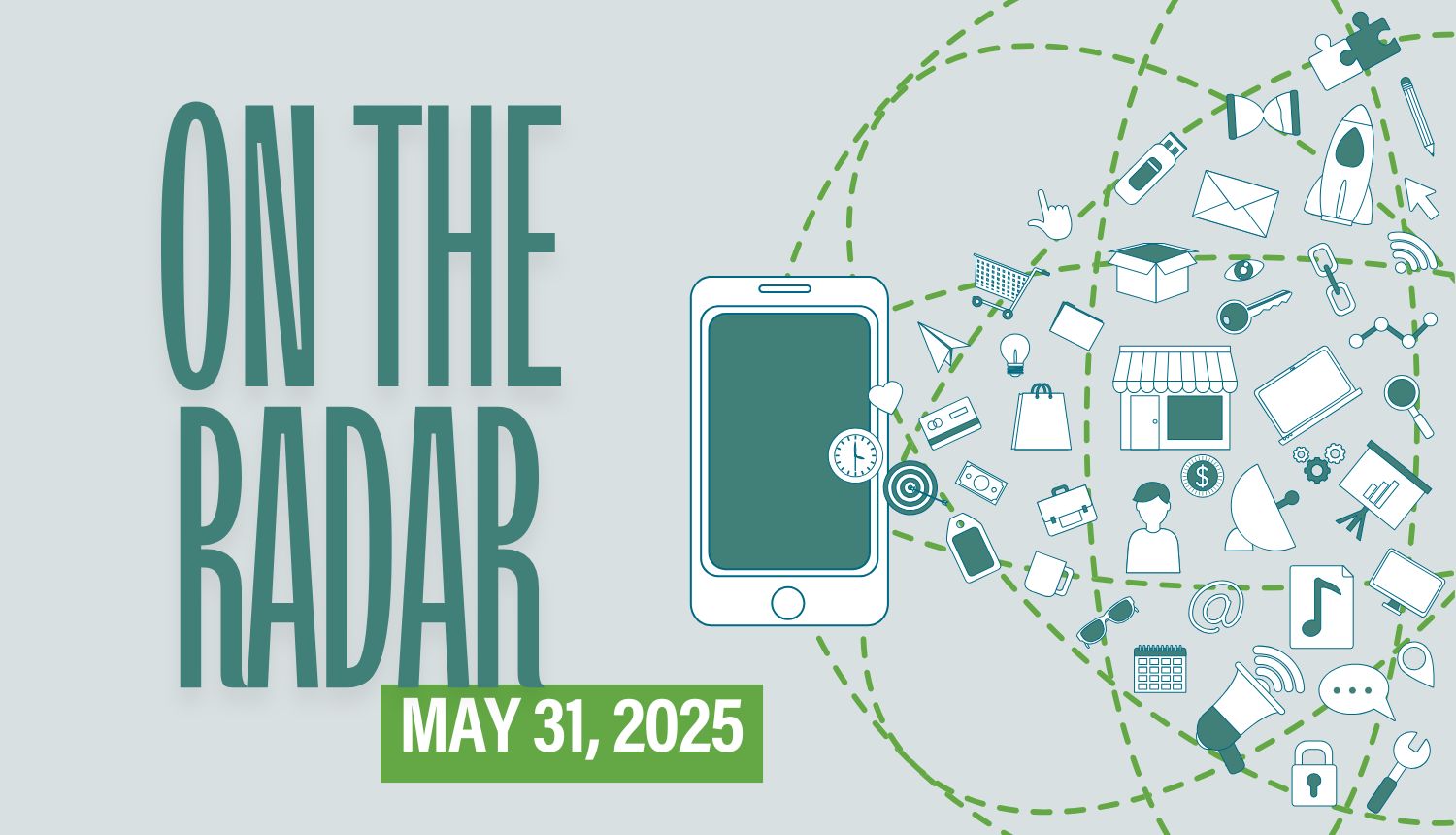EU Reviewing TikTok’s ‘SkinnyTok’ Content
What? “SkinnyTok” refers to TikTok content that promotes thin body types and potentially harmful eating habits. “Bigorexia” is another dangerous trend that focuses on muscle gain. Both can include exercise content, “What I eat in a day” posts and body comparison clips.
So What? TikTok says that there are age-restrictions in place to prevent this content from being promoted on teen accounts. But the European Commission is reviewing these claims for accuracy.
Now What? A new survey found that 90% of teens report that exercise makes them happy (although those familiar with Elle Woods already knew this). However, the same survey revealed that 50% of teens see their fitness levels decline during summer break. So this summer, encourage your teenagers to set up a routine that helps them stay active. Be it hiking, swimming, bike riding or even just a daily walk, there are plenty of summer activities that can help your teen focus on fitness in ways that are healthy.
Location Sharing Common Among Teens
What? Per TechCrunch, Snap Map (Snapchat’s location sharing feature) has more than 400 million monthly active users. And popular phone tracking app Life360 recently found that 94% of Gen Zers say their lives “benefit” from location sharing.
So What? Experts say that location sharing can make teens feel safe. But teens also report it’s just fun to see what others are doing. However, trackability can also be a double-edged sword. If teens spot a friend at a party they weren’t invited to themselves or if someone doesn’t respond quickly enough to a message when they were “clearly at home,” then some teens might “spiral,” feeling excluded or ignored. And of course, a teen’s physical safety could be at risk if someone who wishes him or her harm has their location.
Now What? With those risks in mind, parents should watch for red flags in their kids’ location sharing. “A parent saying, ‘I want to know where you are in case of emergency’ is one thing. A friend saying, ‘Why’d you turn off your location?’ with passive-aggressive silence afterward is something else entirely,” one expert told BuzzFeed. Location sharing should never be weaponized “to regulate someone else’s fear, jealousy or insecurity.” And parents should encourage their teens to limit who they share their location with to prevent interactions with bad actors.
Safety Tips for Teen Drivers During ‘100 Deadliest Days’ of Driving
What? Fatal motor vehicle crashes are the leading cause of death for U.S. teens, according to Parents. In 2023, these accidents accounted for nearly half of all deaths between the ages of 15-24. And “the period between Memorial Day and Labor Day is known as the ‘100 Deadliest Days’ for teen drivers.”
So What? One expert says these crashes likely occur because teen drivers are “wired to be bolder and underestimate risk because of their emotional immaturity, social pressures and an underdeveloped prefrontal cortex.” So they’re more likely to engage in speeding, tailgating, distracted driving (often from technology, music or passengers), driving under the influence or simply not using their seat belts. It should also be noted that teens “often lack the skills to make quick judgment calls,” which can be exacerbated by sleep deprivation, stress, anxiety, peer influence or driving under the influence.
Now What? Parents can reduce the risks of teen driving in several ways. Perhaps create a parent-teen driving contract that regulates things such as vehicle responsibilities, passenger restrictions, curfew, weather-related driving conditions and communication expectations. Model safe driving habits yourself. Consider limiting passengers and nighttime driving. Make sure the vehicle your child is driving is safe. Enroll your teen in safe-driving courses. Enforce a sleep curfew to prevent your child from driving while drowsy. And encourage your teen to practice “box breathing”—a breathing exercise that helps calm your nervous system—before getting behind the wheel.

















